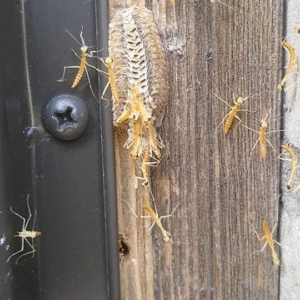What’s With the Bent Train Fence?
If you’ve walked near train tracks in places like San Clemente, you might have noticed fences with a “kink” or outward bulge about a third of the way up. That shape is intentional. These anti-climb fences deter trespassers.
How the Bend Works
Climbing a straight fence is difficult, but possible with effort. The bend changes everything. As someone reaches the angled section, they must lean backward, throwing off their balance. The further it curves, the harder—and more dangerous—it becomes to continue.
The goal is simple: prevent thrill-seekers, tourists, or unaware pedestrians from hopping onto the tracks. Trains can’t stop quickly, and there’s no safe space on the tracks. These fences protect lives by discouraging even the attempt.
Why Not Just Make the Fence Taller?
Taller fences are an option, but they aren’t always practical:
-
Cost: Taller fences require more materials and stronger foundations.
-
Maintenance: They are harder to inspect and repair.
-
Viewlines: Scenic areas like beaches need clear views.
-
Efficiency: The outward bend creates a barrier without increasing height.
In other words, designers chose smarter, not taller.
Is It More Expensive to Build?
Yes, bending metal requires precision and strength. But the tradeoff is safety, long-term savings, and reduced liability. Railroad companies must balance public safety, urban integration, and risk management. A well-designed fence prevents accidents—and lawsuits.
Do These Fences Work?
Absolutely. Anti-climb fences appear in prisons, military bases, secure government buildings, and train tracks. The angled design slows down intruders, often preventing accidents. Even a few extra seconds can save a life.
Why You See Them by the Beach
In places like San Clemente, tracks run close to the coast with pedestrian paths nearby. That temptation to take a shortcut can be fatal. Angled fences keep people off the tracks, guiding them safely along designated paths.
Not a Design Mistake
Next time you see a bent fence, remember: it’s not a contractor’s error. It’s a clever solution. Designers balanced safety, cost, and functionality, creating a fence that works brilliantly.
That night, we enjoyed a fun discussion over dinner while savoring the pasta my husband made. Now, every time I see one of those fences, I appreciate the smart thinking behind it.





